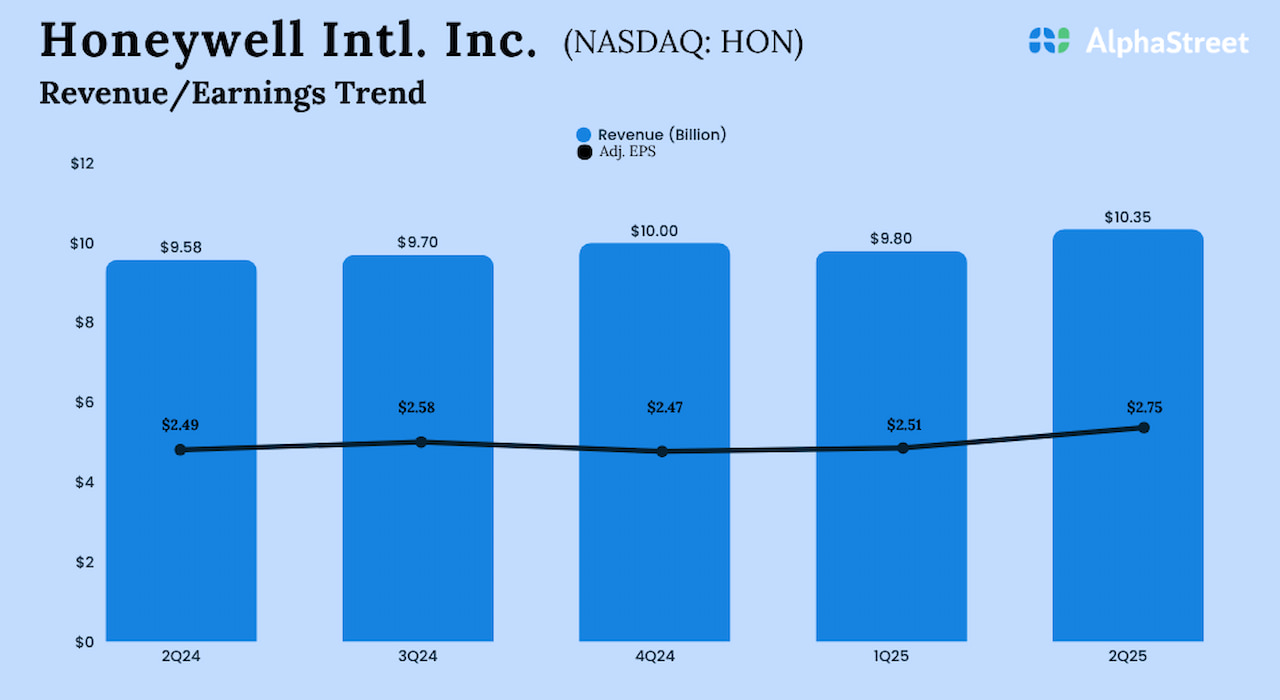Technology titans are transforming indirect tax from an operational burden to a strategic asset
As a tax, finance, or IT leader seeking to execute effectively and add strategic value in indirect tax and e-invoicing, you face a uniquely challenging environment.
With resource shortages, cloud services, M&A restructuring, real-time taxation requirements and the fluid nature of jurisdictional changes, getting the job done can be near impossible. Yet, leading tax teams are overcoming these hurdles and taking steps towards change in incremental ways.
Let’s explore what these critical adaptations are, why they matter specifically to a CFO’s strategic vision, and how forward-thinking finance professionals are overcoming the challenges.
Highlights:
Embracing digital transformation and intelligent automation
Centralizing and integrating data for enterprise-wide clarity/visibility
Proactive operations for enhanced risk management
Addressing human capital constraints and optimizing talent allocation
Ensuring global compliance and scalability for international growth
Reducing audit and penalty risk
Enabling strategic business contributions
The bottom line for CFOs in tech
Why indirect tax demands CFO attention
Traditional indirect tax processes, often manual and siloed, have become a significant source of “tech debt” within technology companies. This isn’t just an IT issue; it’s a strategic and financial drag. It manifests as slowed innovation cycles, increased operational costs, heightened audit risk that impacts shareholder value, and strained responses to market changes.
Embracing digital transformation and intelligent automation
Legacy systems and manual processes create costly “tech debt,” leading to significant inefficiencies, errors, and increased audit risk. Over time, these issues compound, making compliance prohibitively harder and most costly, diverting precious/scares capital and human resources away from core innovation.
How professionals overcome it:
Automating routine and repetitive tasks: By adopting end-to-end tax technology solutions, professionals can automate tasks like data extraction, cleansing, and transaction validation. Thus, freeing up the finance team to focus on strategic analysis, growth initiatives, and risk mitigation for higher-value, strategic work.
Real-time regulatory agility: Robust automation tools enable tax logic and compliance rules to be updated in real-time, ensuring the company stays current with rapidly changing regulations across multiple jurisdictions, significantly reducing the risk of errors and penalties
Deploying scalable automation: Scalable automation enables tax teams to handle growth, new product launches, and M&A activity without overextending resources, reducing the risk of non-compliance during periods of rapid expansion.
Using cloud-native solutions: Cloud-based solutions, can provide a single, scalable environment for managing indirect tax and e-invoicing workflows, reducing manual inefficiencies and the hidden costs of legacy “tech debt.”
Centralizing and integrating data for enterprise-wide clarity/visibility
Why it matters to a CFO:Siloed, unverified data from disparate systems increases the risk of miscalculations and compliance failures, exposing the company to material financial penalties and reputational damage. Accurate centralized data is foundational to reliable financial reporting and strategic decision-making.
How professionals overcome it:
Implementing centralized data repositories: Modern solutions facilitate fast, reliable data capture and easier reconciliation across departments, providing a single source of truth for all tax-related financial data.
Seamless system integration: Integrating tax technology with core business systems like sales platforms, finance systems, and ERPs ensures data consistency from transaction inception to final reporting, minimizing manual intervention and the risk of costly data discrepancies.
Automating data lifecycle management: Advanced platforms automate data collection, validation, and reporting, drastically reducing manual errors and improving the efficiency and reliability of tax filing processes.
Auto-updating tax logic and compliance rules: This ensures the company stays current with rapidly changing regulations, reducing the risk of errors and penalties.
Proactive operations for enhanced risk management
A reactive tax function is a liability. Too often, finance team are stuck in reactive work due to staff shortages and outdated systems, leading to significant exposure to audit and penalty risks. Proactivity on the other hand, allows for strategic foresight and agility in a dynamic regulatory landscape.
How professionals overcome it:
Empowering high-value work: By adopting integrated tax technology solutions, professionals can automate routine tasks, freeing up their teams for higher-value, strategic analysis and proactive risk identification.
Real-time monitoring and actionable insights: Utilizing dashboards and real-time monitoring tools, tax teams gain proactive alerts, enabling them to respond quickly to potential issues and opportunities, making informed decisions that drive business growth and minimize financial exposure.
Scalable automation for future readiness: Deploying scalable automation enables tax teams to strategically handle growth, new product launches, and complex M&A activity without overextending resources, thereby mitigating non-compliance risks during rapid business expansion.
Addressing human capital constraints and optimizing talent allocation
Why it matters to a CFO:Attrition and a shrinking talent pool make it difficult to find and retain experienced tax professionals which translates to higher operational costs, increased burnout for existing staff, and a critical vulnerability for the entire finance function.
How professionals overcome it:
Reducing reliance on manual headcount: Strategic automation of manual processes reduces the need for additional headcount and allows existing staff to focus on more interesting, strategic tasks, improving job satisfaction and retention.
Upskilling teams
Empowering strategic contribution: Time saved through automation allows indirect tax professionals to contribute meaningfully to broader business objectives, transforming their role from compliance gatekeepers to strategic advisors.
Fostering adaptable teams: Adopting a unified indirect tax and e-invoicing workflow empowers teams to move faster achieve greater accuracy, and become more adaptable to change, creating a resilient and future-proof finance organization.
Ensuring global compliance and scalability for international growth
Why it matters to a CFO:
Frequent regulatory changes, real-time tax mandates, and cross-border transactions add layers of complexity that can quickly overwhelm a growing technology company. Non-compliance across international borders poses significant financial and reputational threats that can derail growth strategies, trigger costly penalties, and damage shareholder value. For CFOs, these challenges represent a material risk to both the balance sheet and the company’s ability to execute on global expansion plans.
How professionals overcome it:
Deploying tax solutions with global coverage: Systems that auto-update for new mandates (like e-invoicing or VAT/GST changes) across all relevant jurisdictions eliminate the need for constant manual monitoring
Implementing scalable technology: The right solutions enable tax teams to handle growth, new product launches, and M&A activity without proportional increases in compliance costs.
Ensuring comprehensive jurisdictional coverage: Working with providers that cover all global tax authorities ensures accuracy on all sales and purchases, regardless of where business expansion leads.
Building flexibility into tax systems: Technologies that can quickly adapt to new requirements provide the agility needed to enter new markets rapidly.
Reducing audit and penalty risk
Why it matters to the CFO:
The increasing complexity of tax regulations and growing scrutiny from tax authorities create significant financial and reputational risks for technology companies. When tax functions are under-resourced or relying on manual processes, they become vulnerable to errors that can trigger audits, resulting in penalties, interest charges, and potential damage to shareholder value. For CFOs, these unexpected liabilities can disrupt financial planning and divert resources from strategic initiatives.
How professionals overcome it:
Implementing automated compliance checks: These ensure all transactions align with current tax codes, minimizing the risk of non-compliance and costly penalties.
Creating robust audit trails: Modern tax technology builds documentation into processes, making it easier to respond to regulatory inquiries and demonstrate compliance.
Conducting proactive reconciliations: Regular automated reconciliations between tax systems and financial records identify discrepancies before they become audit issues.

Enabling strategic business contributions
Why it matters to the CFO:
Tax teams can add value to M&A, product rollouts, and supply chain optimization—but only if freed from manual, tactical work that consumes their expertise.
How professionals overcome it:
Gaining greater visibility through analytics
Facilitating cross-departmental initiatives: Modern tax systems enable tax teams to work closely with product development, sales, and operations to optimize business decisions.
Creating tax modeling capabilities: Advanced systems allow for scenario planning that can identify tax-efficient approaches to business challenges.
Developing strategic tax planning functions: By automating compliance, tax professionals can focus on value-creating activities like transfer pricing optimization and tax-efficient supply chain design.
The bottom line for CFOs in tech
Digital transformation of indirect tax functions is no longer optional for technology companies seeking competitive advantage. By modernizing their approach, forward-thinking CFOs are:
Automate routine and repetitive tasks
Moving with greater agility to support business initiatives
Gaining strategic foresight for better decision-making
Reducing manual effort and errors
Staying ahead of changing regulations
Converting tax functions from cost centers to value creators
With one provider, you can spend less time reacting and more time adding strategic value to the business.
“There’s no reason to be doing processes manually when alternatives exist. 90% of the upfront work can be accomplished more efficiently with available technologies.”
The future is bright for tax teams that embrace automation-transforming compliance from a burden into a strategic advantage.
Interested in practical steps to start your team’s digital transformation? Download our e-book and start today, Strategic approach to indirect tax in the tech industry.



























